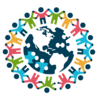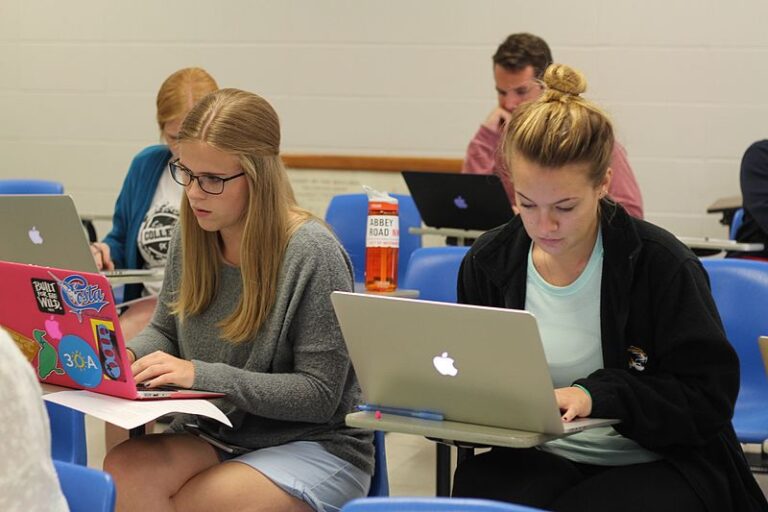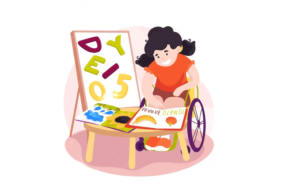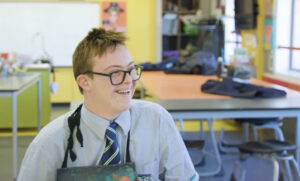The three-year endeavor from 2015 to 2017, known as the Inclusive Early Childhood Education (IECE) project, was an extension of the Agency’s previous initiatives in early childhood from 2004 and 2010. Its prime objective was to uncover and advocate for the hallmarks of exemplary IECE accessible to every child.
The spotlight of this initiative was on creating systems that guaranteed the best possible early childhood education. Such an education must address both academic and interpersonal requirements of all young learners, aged 3 to the commencement of primary schooling (5-7 years).
Project Blueprint
The IECE initiative was synchronized with the 2014 Proposal for key principles of a Quality Framework for Early Childhood Education and Care (ECEC). The European Commission’s Thematic Working Group on ECEC conceptualized this to assist member countries in establishing premier ECEC systems under their educational umbrellas. Five cornerstones underlined the IECE project, emphasizing inclusive quality:
Deep Dive into the Five Pillars of IECE
The vision and success of the IECE project can be attributed to its foundational pillars. Each pillar, while distinct, interlocks with the others to create a holistic ecosystem of early childhood education. Let’s delve deeper into these principles:
- Inclusive Access: The true mark of an advanced society lies not in its skyscrapers but in its inclusivity. Every child, irrespective of their socio-economic background or physical and cognitive abilities, has the inherent right to quality education. The emphasis on inclusive access underscores the commitment to leveling the playing field. It’s not just about opening the gates of educational institutions but about ensuring that every child feels welcomed, respected, and valued. By prioritizing vulnerable groups, the project sends a clear message: Every child matters.
- Workforce Excellence: A building is only as strong as its foundation. And in the realm of early childhood education, this foundation is laid by the educators. The focus on workforce excellence recognizes the pivotal role teachers play in shaping young minds. But excellence is not a static goal; it’s a dynamic process. Thus, continuous training, access to resources, and fostering a spirit of collaboration both within the educational space and with external agencies are crucial. When educators are equipped and empowered, they can truly elevate the learning experience.
- Rich Curriculum: The essence of education lies in its ability to evolve. A rich curriculum doesn’t just cram information but ignites curiosity. By being comprehensive and flexible, it caters to the diverse needs of every child, recognizing that learning is multidimensional. From cognitive skills to emotional intelligence, the curriculum aims to nurture every facet of a child’s personality in an environment that’s stimulating yet safe.
- Evaluation Mechanism: Accountability and growth are two sides of the same coin. An effective evaluation mechanism ensures that while children’s development is continuously monitored, the educational institutions too are held accountable. By adhering to established quality benchmarks, it ensures that standards are not just met but consistently elevated.
- Management and Finances: An ambitious vision requires robust backing. Efficient financial management ensures that resources are utilized optimally. Alongside, strong leadership structures ensure that the vision of inclusive early childhood education is seamlessly translated into reality. It’s about stewardship – ensuring that every penny spent translates into tangible outcomes in a child’s life.
Moreover, the project stressed on three cross-cutting quality elements: a child-centric holistic approach, a tight-knit relationship with families, and the significance of impeccable structures and processes.
Deciphering the Groundbreaking Contributions of IECE
The IECE initiative, while expansive in its scope, brought to light three particularly transformative contributions that could shape the future of early childhood education in Europe and potentially beyond:
- Embracing Inclusiveness: At the heart of quality education lies the essence of inclusivity. The project’s first significant contribution wasn’t just about providing education but doing so with a heart that welcomes all. This recognition underscores the belief that the true value of an educational service is gauged not by its infrastructure or curriculum alone, but by its commitment to ensure every child, irrespective of their background, feels seen, heard, and cherished. In a diverse continent like Europe, such an approach becomes the cornerstone of unity and progress.
- The Self-Reflection Tool: True growth stems from introspection. The introduction of the Self-Reflection Tool signifies the project’s foresight in understanding that continuous improvement requires continuous reflection. By enabling educators to assess the inclusiveness and effectiveness of their services, it empowers them to identify areas of strength and those needing enhancement. It’s not just a tool, but a compass guiding educators towards excellence.
- Ecosystem Model for IECE: Grounded in empirical findings and drawing inspiration from three distinguished quality frameworks, this new model signifies a paradigm shift. It’s not just about isolated components of education but visualizing it as an interlinked ecosystem. By providing a comprehensive blueprint, this model aims to serve as a lighthouse, guiding policymakers, educators, and stakeholders in sculpting IECE services that are both robust and responsive.
In essence, these three contributions encapsulate the project’s commitment to not just deliver education but to constantly innovate, refine, and uplift the entire landscape of early childhood education.
Participants and Aims
Numerous Agency member nations participated, including countries spanning from Austria to the UK. Each country contributed two specialists for project tasks. While the project’s outputs catered primarily to decision-makers, they also catered to researchers and practitioners in the inclusive early childhood education realm.
The overarching aim was to discern and dissect factors that make IECE programs effective in inclusive settings. The focal point was to gather intel on all children, especially the vulnerable, and understand the resources set aside for them. A pivotal query was: “What defines quality in inclusive early childhood education for every child?”
Delving Deeper into the IECE Initiative
While the framework and objectives of the IECE initiative are clear, it’s essential to appreciate the broader context in which such projects operate and their potential lasting impact.
The Backdrop of IECE’s Emergence
At the time of the IECE’s inception, Europe faced diverse challenges in education. Different socio-economic backgrounds, cultural nuances, and the rising influx of immigrants made it imperative to adopt an inclusive approach. The disparities in early childhood education across countries were evident. While some nations had robust structures in place, others were at the nascent stages. The IECE emerged as a beacon, aiming to bridge these gaps and bring uniformity in quality.
Holistic Child Development: Beyond Academics
One of the IECE’s significant stresses was on holistic development. It recognized that molding young minds isn’t merely an academic exercise. It’s about nurturing every facet of a child’s personality – be it emotional intelligence, social skills, or physical health. By fostering an environment where children, irrespective of their backgrounds, can thrive and grow in all dimensions, the project aimed to lay the foundation for a harmonious and inclusive society.
Empowering the Educators
The IECE didn’t just focus on the students; it also aimed to empower those who would guide them. By emphasizing continuous training and providing educators with the tools, like the Self-Reflection Tool, the initiative recognized that quality education is as much about skilled educators as it is about the curriculum. Continuous improvement, reflection, and adaptation were embedded into the educators’ ethos, ensuring that they were always equipped to address the ever-evolving challenges of the educational landscape.
A Collaborative Endeavor
The broad participation from various countries underscored the collaborative nature of the IECE. This wasn’t a unilateral approach but a collective effort. Each participating nation brought its unique perspectives, challenges, and solutions to the table. By sharing and learning from each other, the countries could adopt best practices and sidestep potential pitfalls. The project thus became a melting pot of ideas, strategies, and visions.
The Ripple Effect of IECE
While the direct beneficiaries of the IECE were the children and educators, its ripple effects are far-reaching. A generation that grows up valuing inclusivity and diversity becomes the bedrock of a progressive society. These children, when they mature, will carry forward the values of understanding, acceptance, and collaboration, making Europe a mosaic of cultures yet united in its essence.
Conclusion
The IECE was more than just a project; it was a vision of a united, inclusive Europe. By setting the right tone at the foundational level of education, it aimed to cultivate a future where every individual, regardless of their background, could contribute positively to the broader European narrative. The value of such initiatives cannot be measured in mere numbers but in the lasting impact they leave on societies, nations, and continents.


















+ There are no comments
Add yours